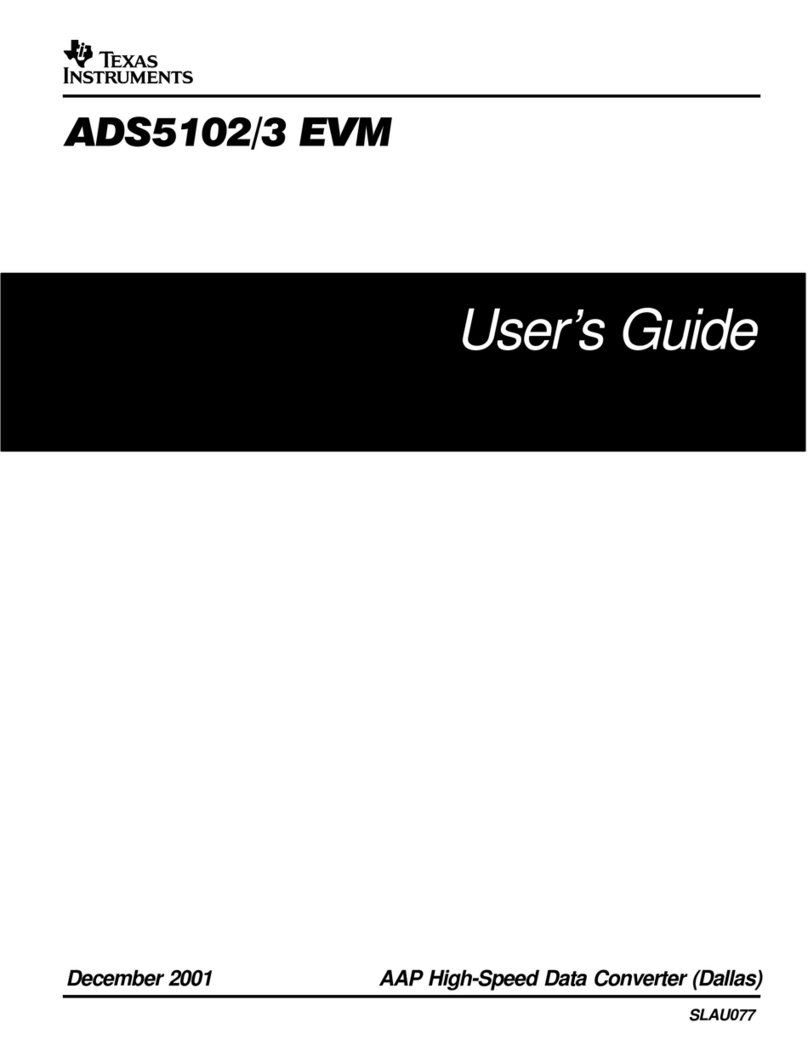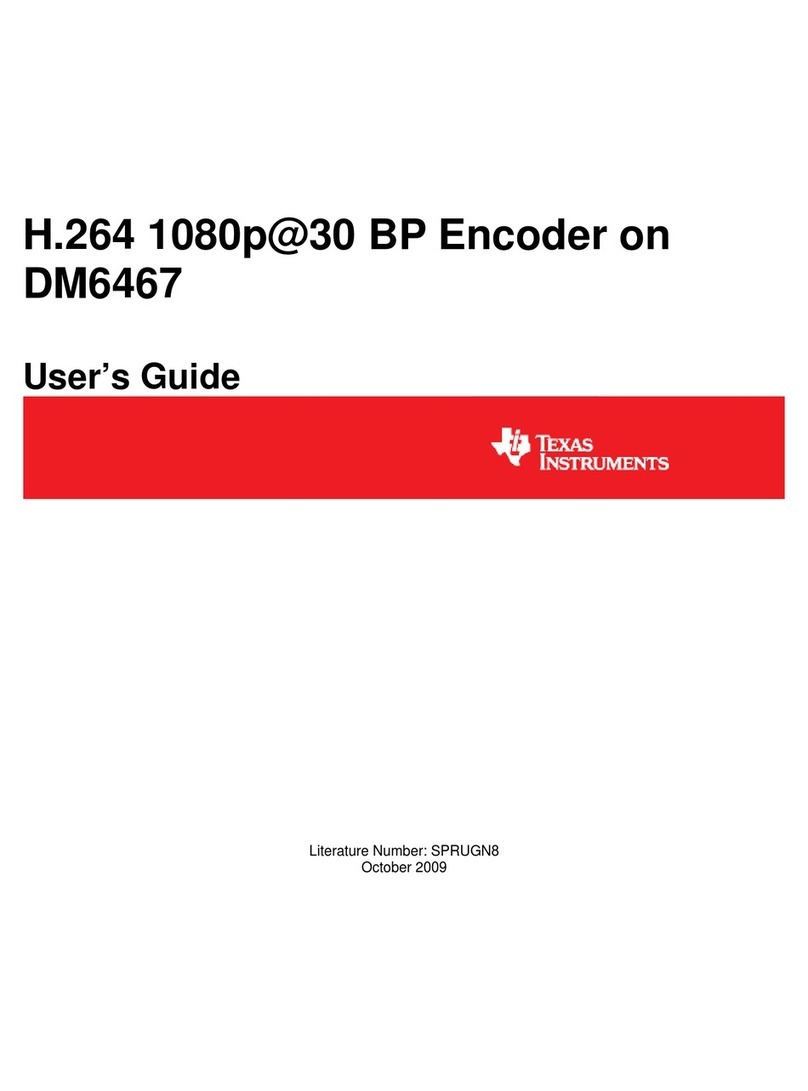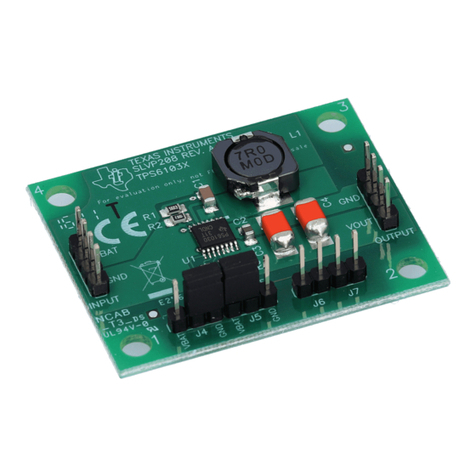Texas Instruments LDC3114 User manual
Other Texas Instruments Media Converter manuals
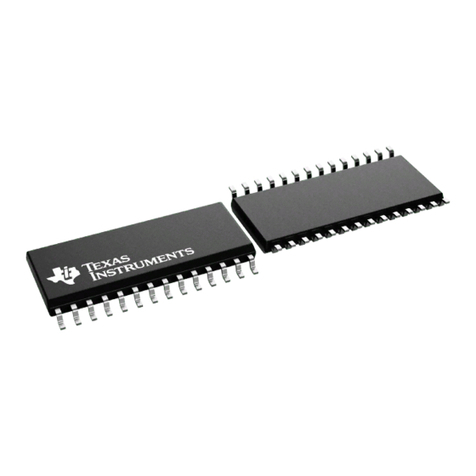
Texas Instruments
Texas Instruments TLV1562 User manual

Texas Instruments
Texas Instruments TPS53513 User manual
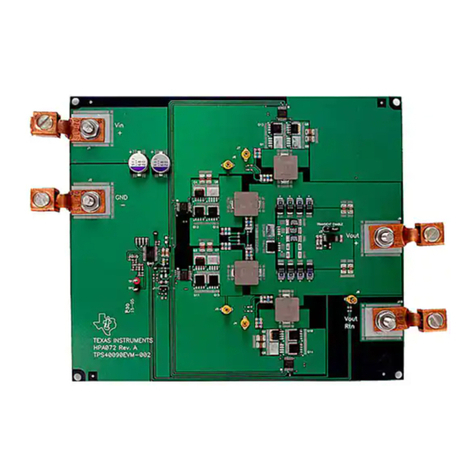
Texas Instruments
Texas Instruments TPS40090EVM-002 Installation and operating instructions
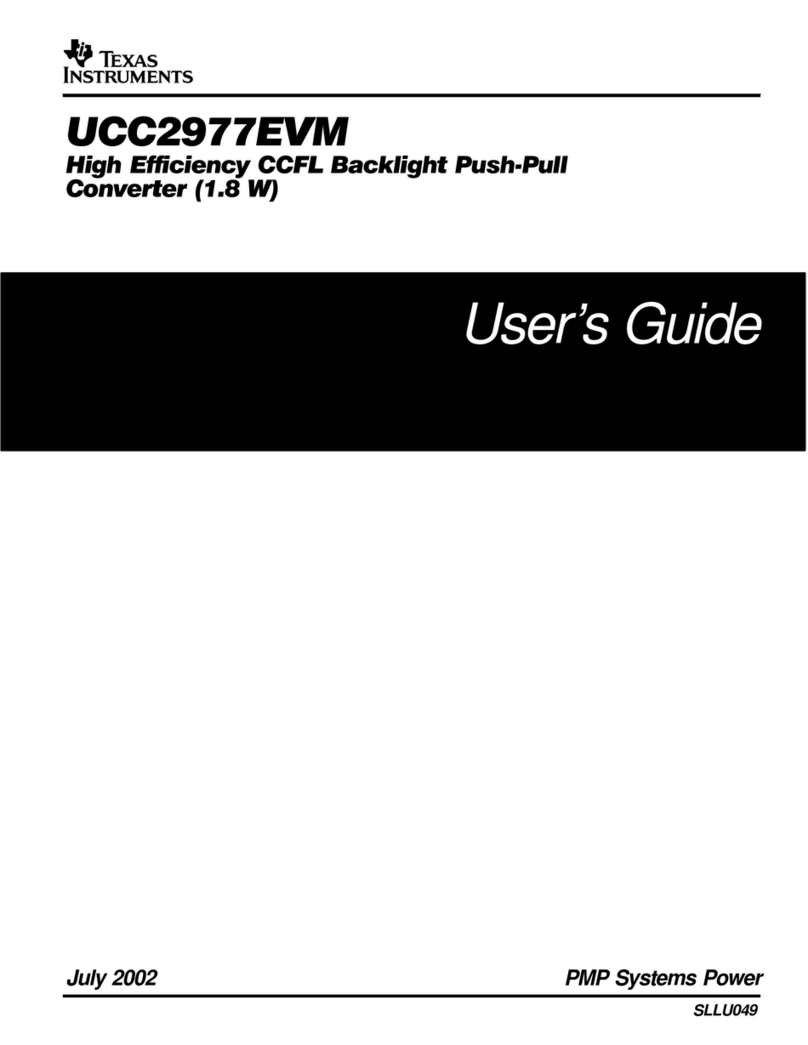
Texas Instruments
Texas Instruments UCC2977EVM User manual
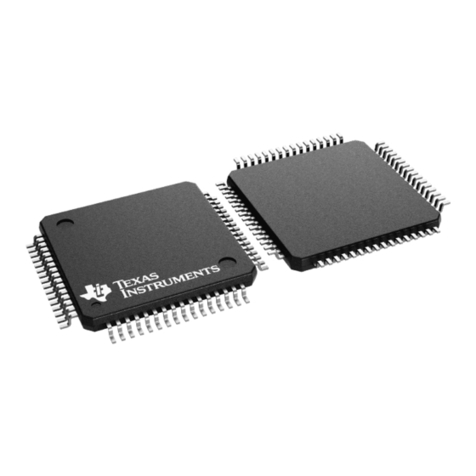
Texas Instruments
Texas Instruments MSC1210 User manual
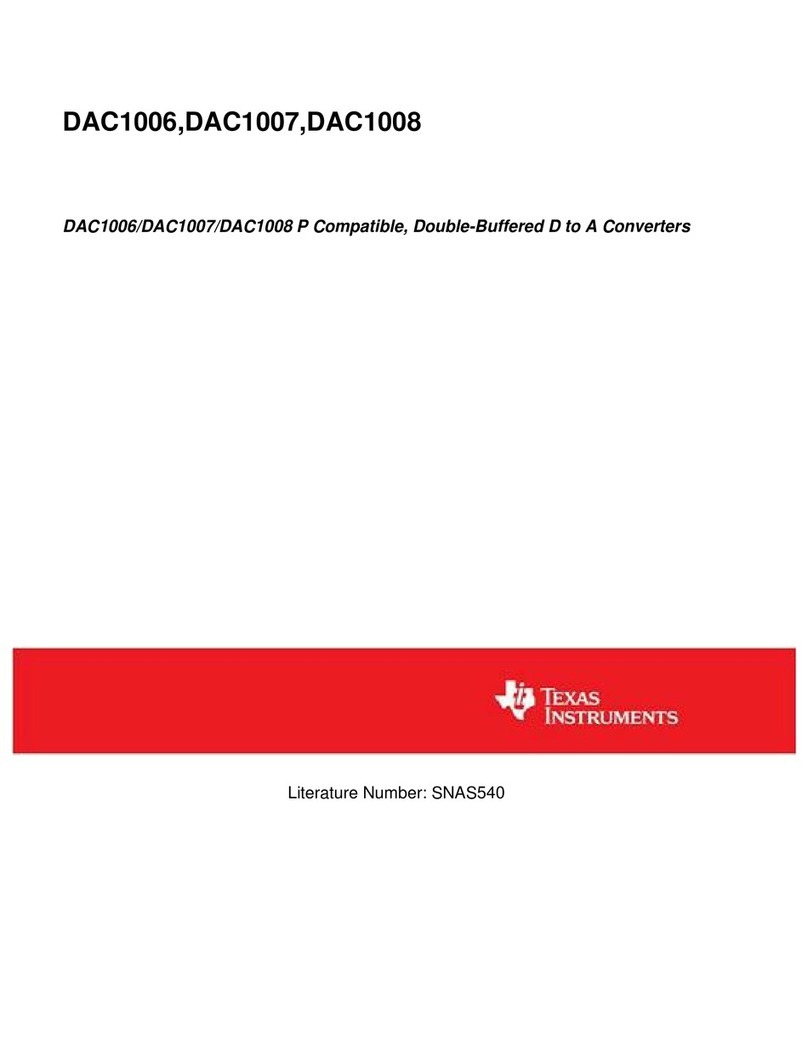
Texas Instruments
Texas Instruments DAC1006 User manual
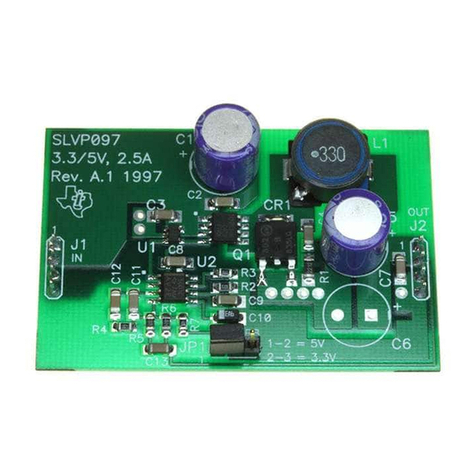
Texas Instruments
Texas Instruments TL5001EVM-097 User manual
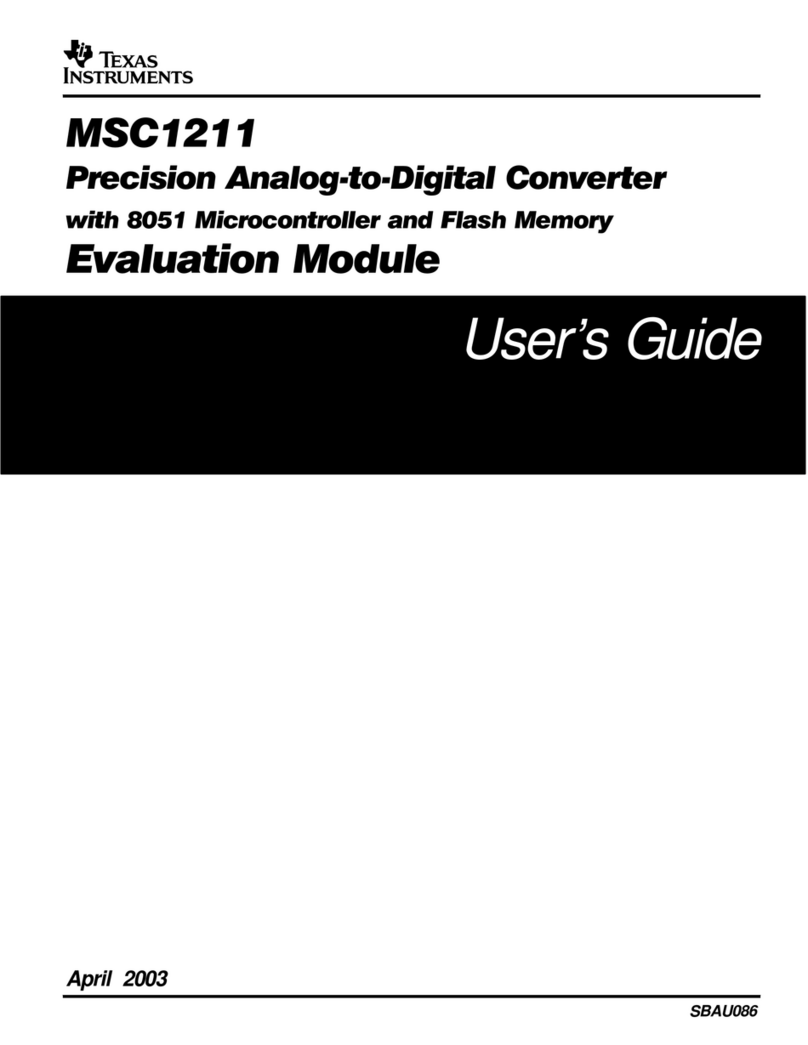
Texas Instruments
Texas Instruments MSC1211 User manual
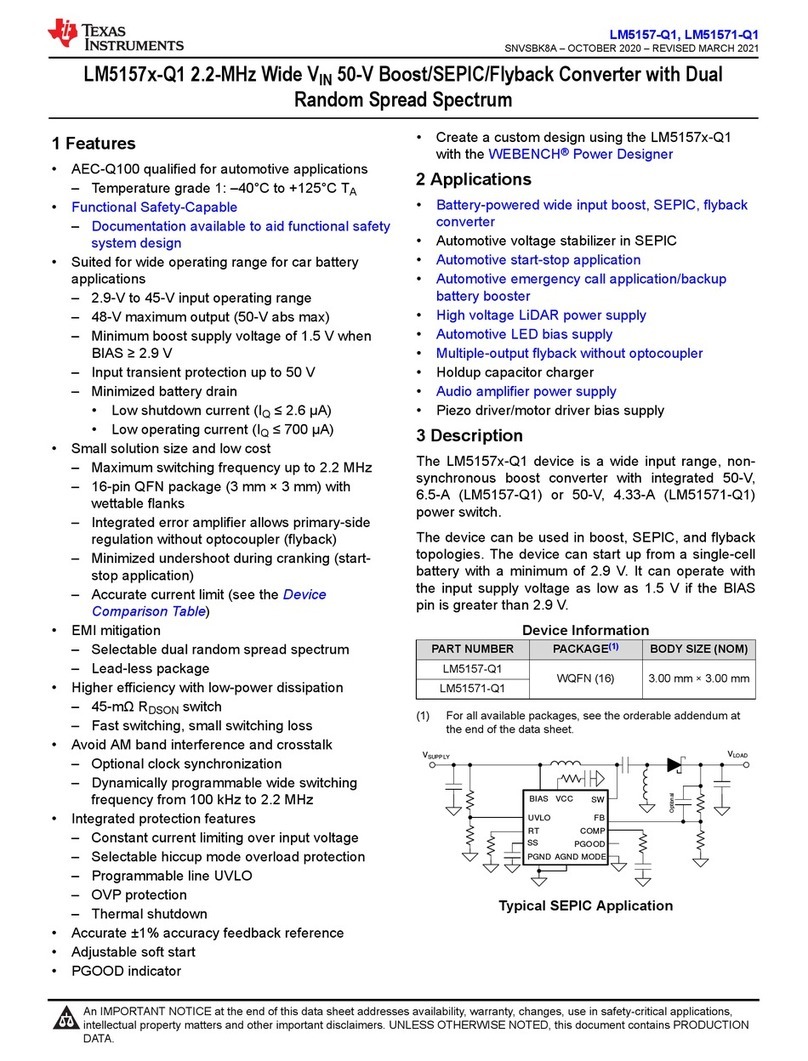
Texas Instruments
Texas Instruments LM5157 Q1 Series User manual
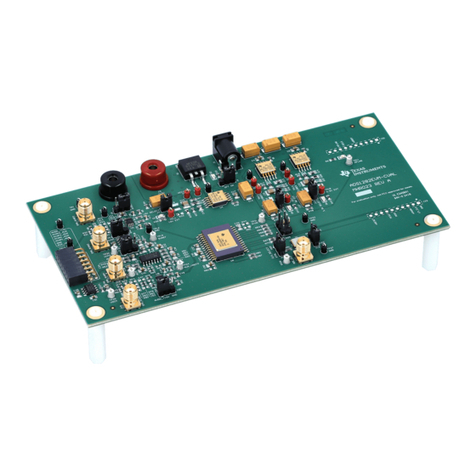
Texas Instruments
Texas Instruments ADS1282 User manual
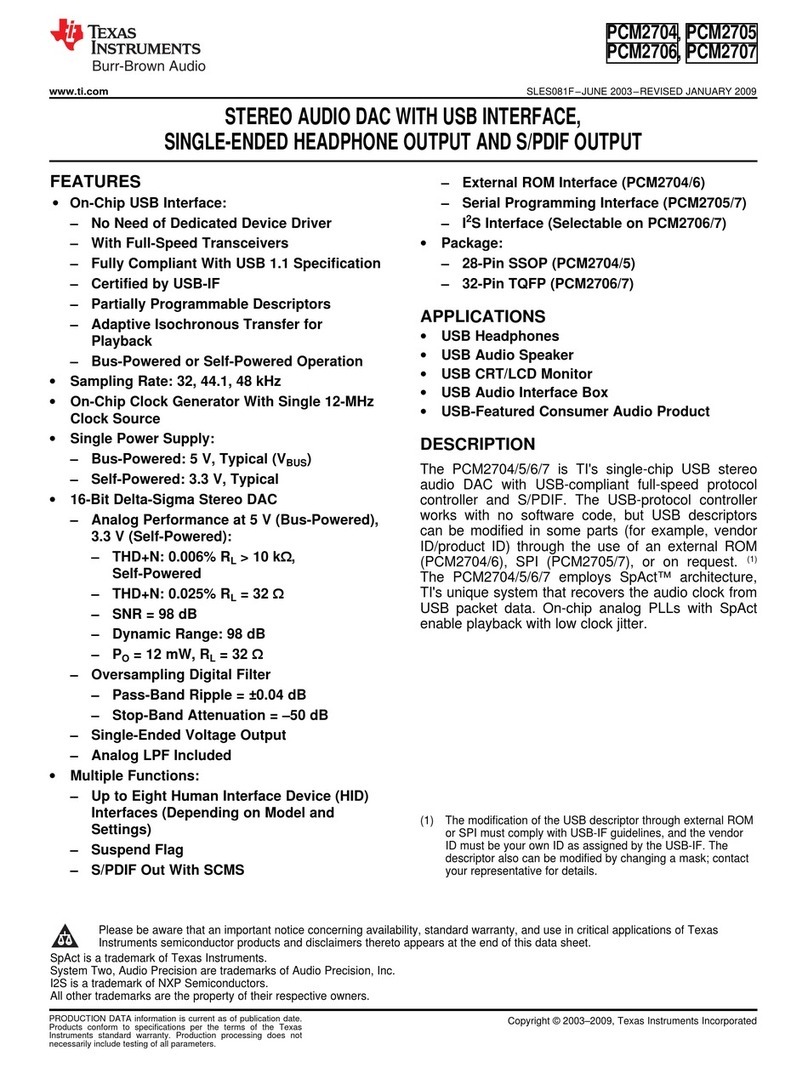
Texas Instruments
Texas Instruments PCM2704 User manual

Texas Instruments
Texas Instruments DAC 3202 Series User manual
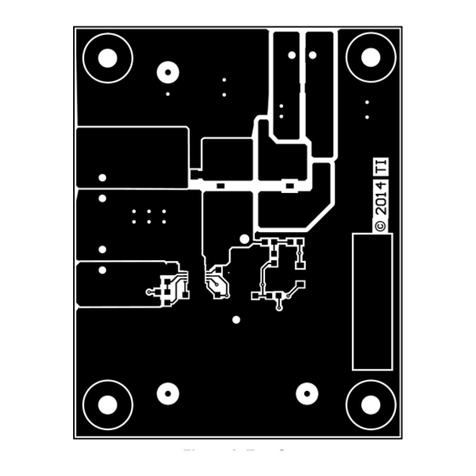
Texas Instruments
Texas Instruments LM5160 User manual
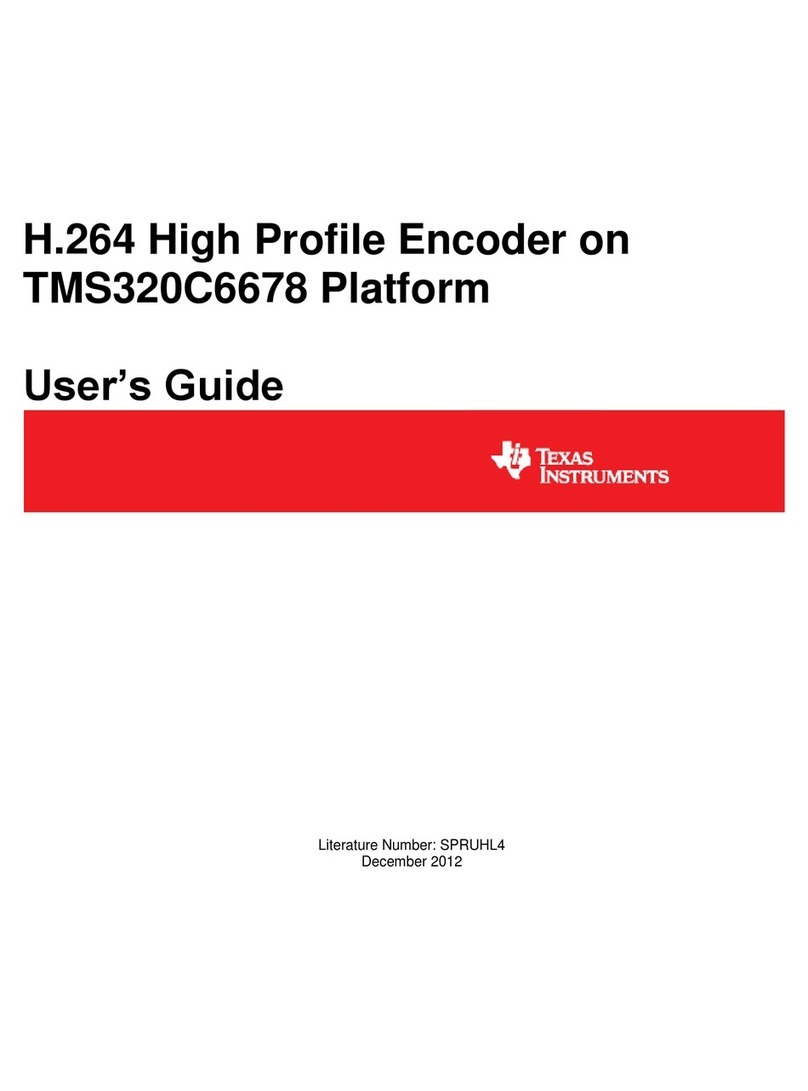
Texas Instruments
Texas Instruments H.264 High Profile Encoder User manual

Texas Instruments
Texas Instruments TPS53319EVM-136 User manual
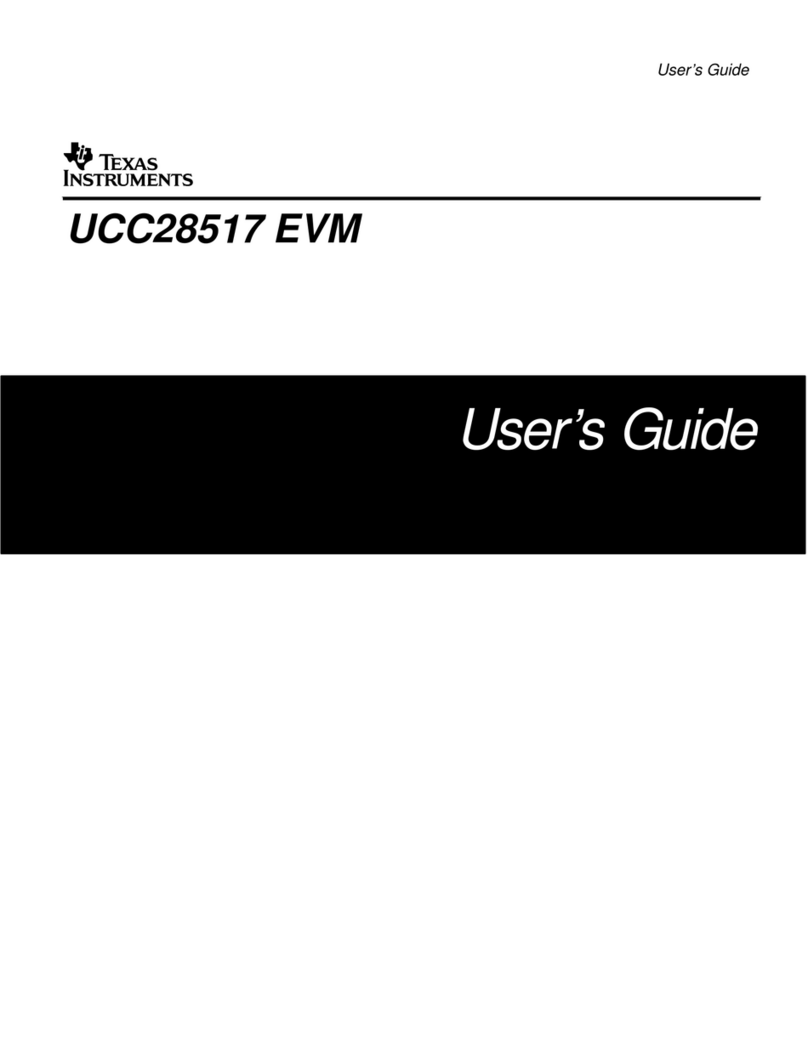
Texas Instruments
Texas Instruments UCC28517 User manual
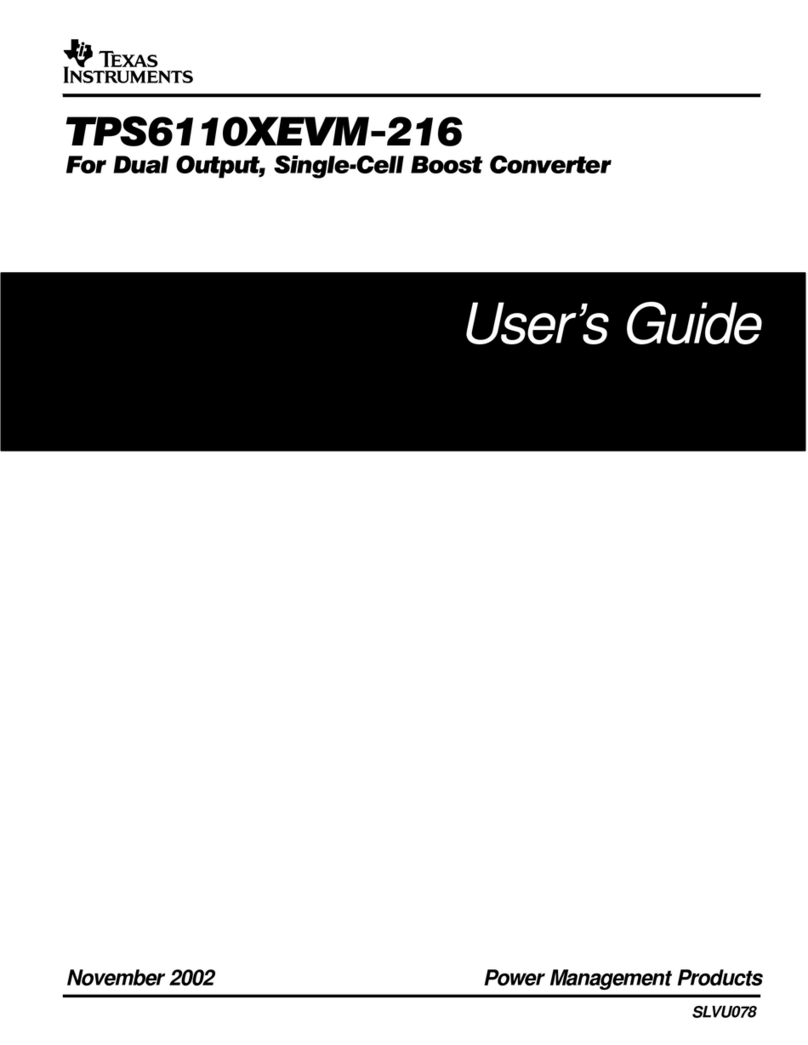
Texas Instruments
Texas Instruments TPS6110XEVM-216 User manual
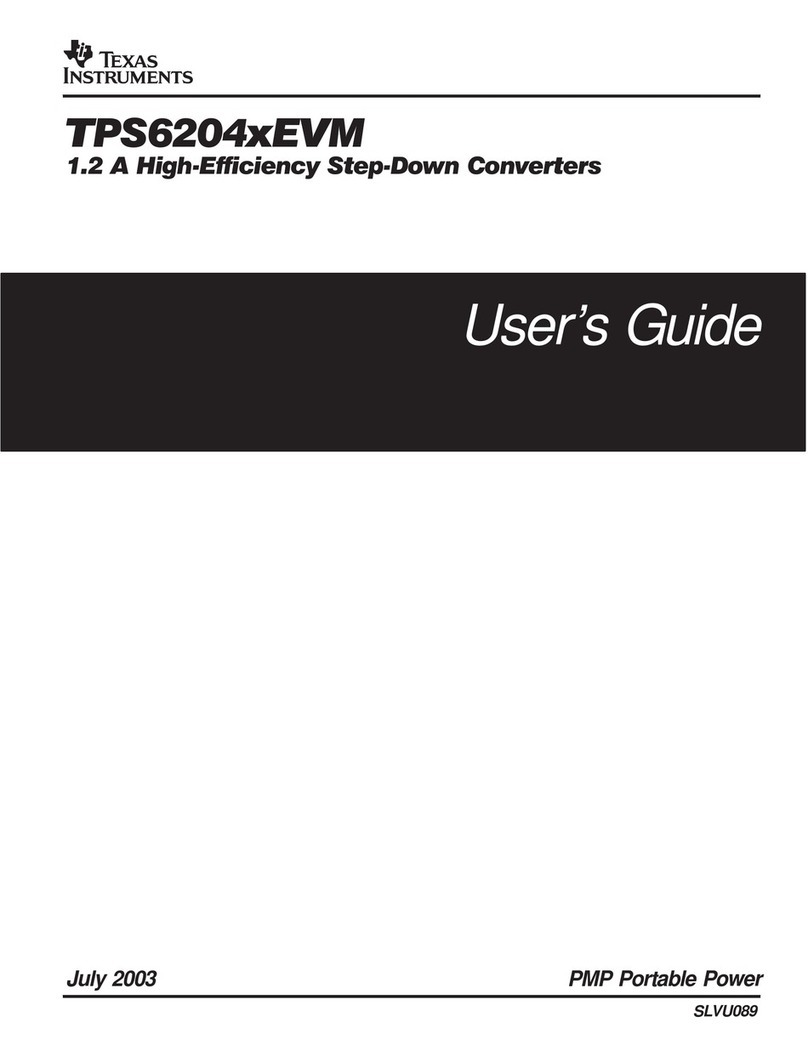
Texas Instruments
Texas Instruments TPS6204xEVM User manual

Texas Instruments
Texas Instruments TLC5510 User manual

Texas Instruments
Texas Instruments SLVU013 User manual
Popular Media Converter manuals by other brands

H&B
H&B TX-100 Installation and instruction manual

Bolin Technology
Bolin Technology D Series user manual

IFM Electronic
IFM Electronic Efector 400 RN30 Series Device manual

GRASS VALLEY
GRASS VALLEY KUDOSPRO ULC2000 user manual

Linear Technology
Linear Technology DC1523A Demo Manual

Lika
Lika ROTAPULS I28 Series quick start guide

Weidmuller
Weidmuller IE-MC-VL Series Hardware installation guide

Optical Systems Design
Optical Systems Design OSD2139 Series Operator's manual

Tema Telecomunicazioni
Tema Telecomunicazioni AD615/S product manual

KTI Networks
KTI Networks KGC-352 Series installation guide

Gira
Gira 0588 Series operating instructions

Lika
Lika SFA-5000-FD user guide

